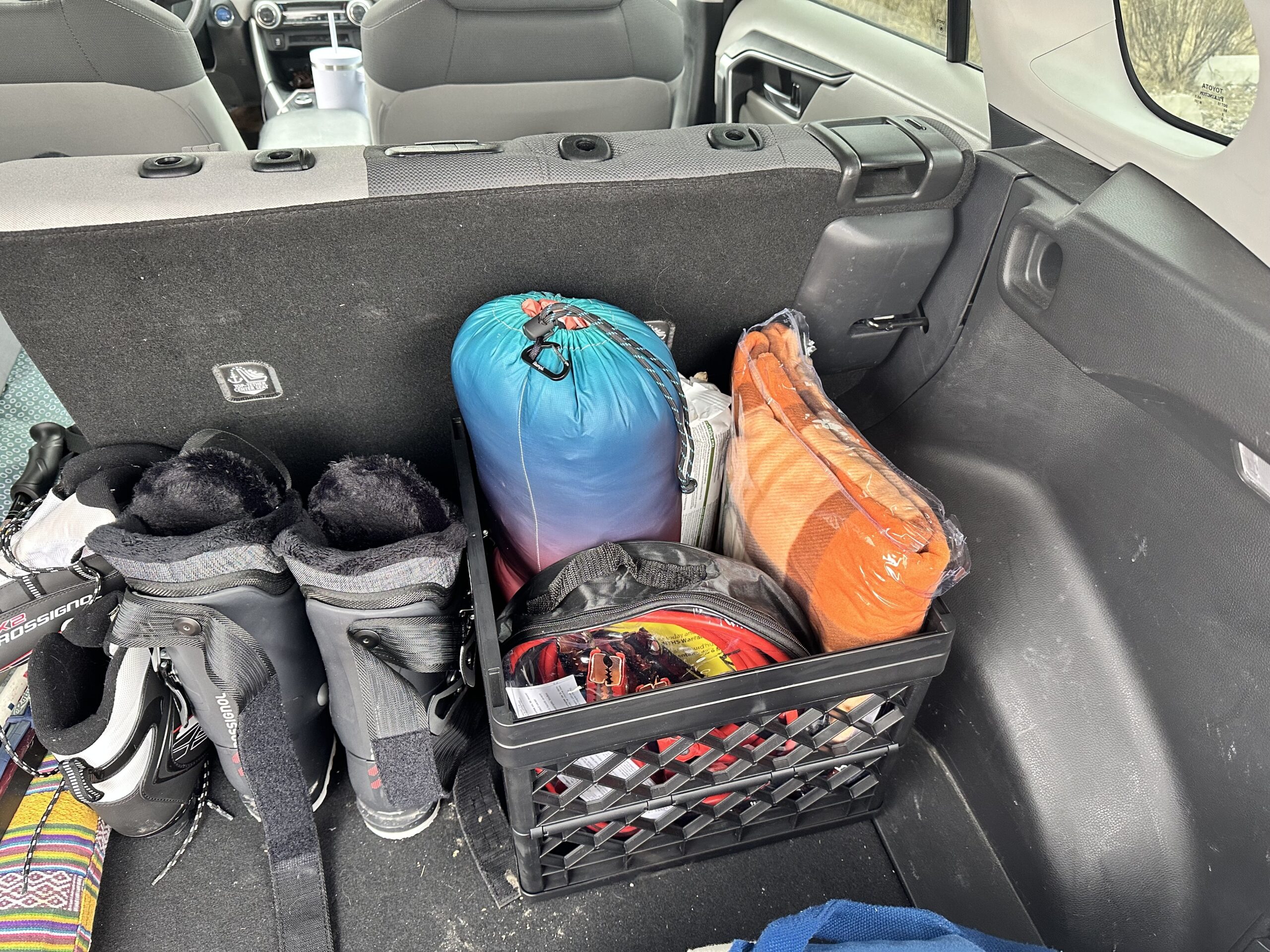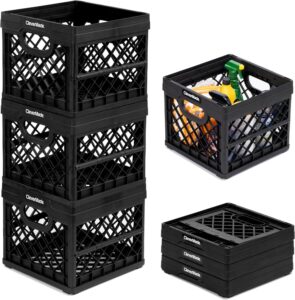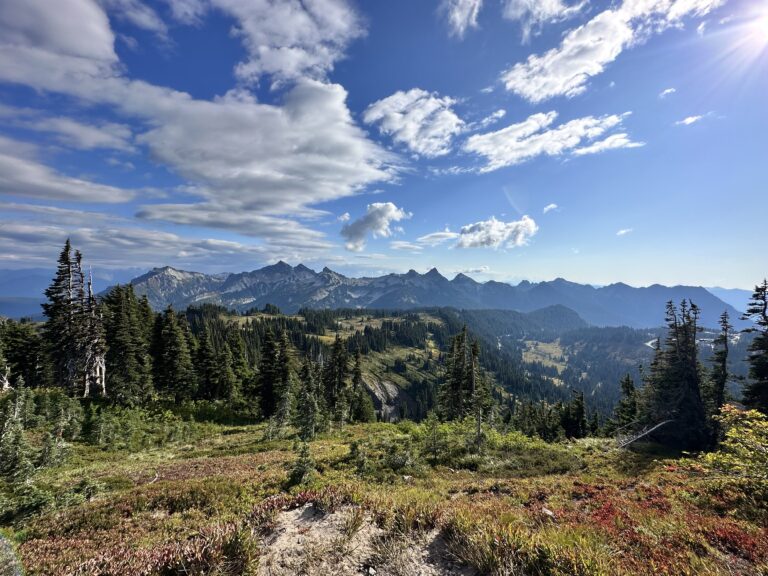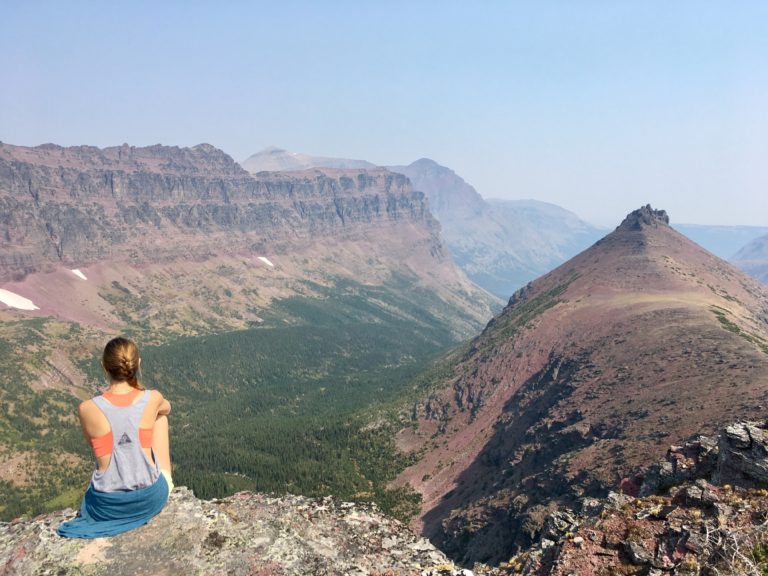The Winter Car Kit Checklist For Really Cold Winters
FYI: This post definitely contains affiliate links. If you buy anything through these links, then I’ll earn a small commission at no cost to you. See my commission disclosure if you want to know more about it.
I haven’t lived in winter since high school. I have lived in tropical places ever since and so returning to Montana was a bit of a shift in how I plan ahead. Where tropical climates lend to spontaneity and leisure, cold mountainous winters require intense preparation and time. After living here in Montana for a winter, I have been able to assemble the perfect winter car emergency kit that gives me peace of mind.
Let me share with you everything I know.
What Is A Winter Car Kit?
A winter emergency car kit is a collection of items that will help you survive in the event that you slip off the road during harsh winter conditions. It includes things like a first aid kit, things to stay warm, a small shovel, a flashlight, and other survival items to keep you safe until help arrives. People typically have a winter car emergency kit stored in their cars from November to April, depending on where you live.
I live in Montana and this winter has been extremely mild. But normally, winters begin late October or early November. I switch out my summer tires for winter tires in early October and this is when I throw my winter emergency car kit in the back of my RAV4 too.
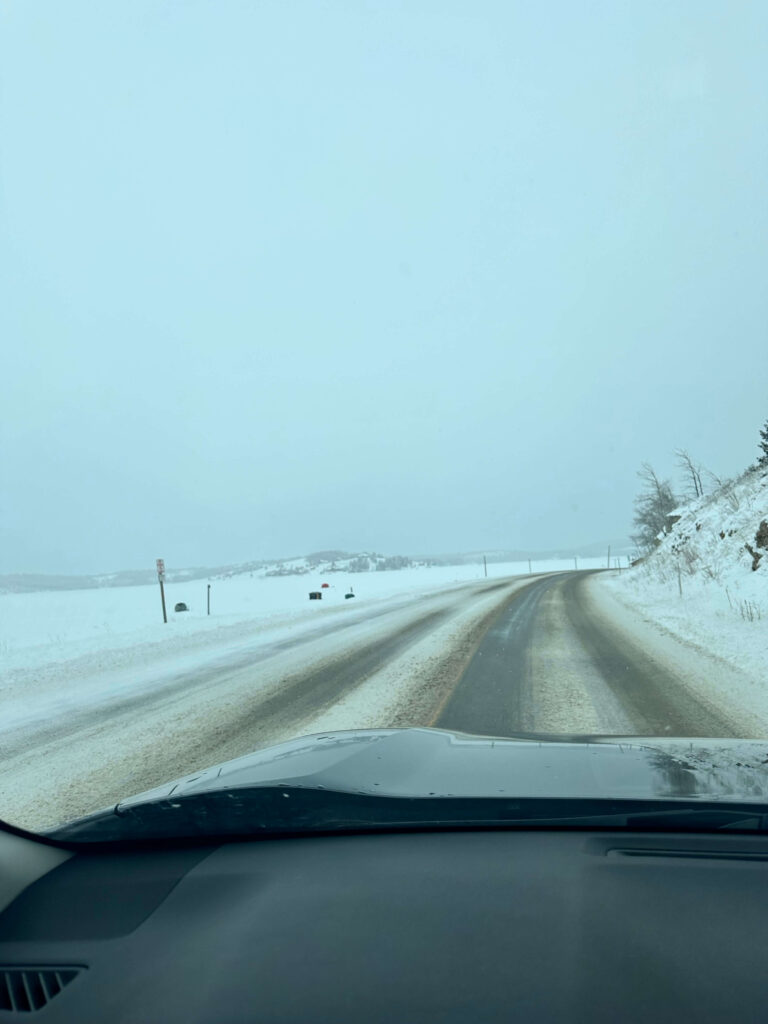
Why Do You Need A Winter Car Kit?
Conditions can change quickly on the road during winter. Icy roads, slush, and drift snow make winter driving a terrifying experience in most of Montana, especially during or after a snow storm. I have seen cars flipped upside down, semi trucks jack-knived, and disabled vehicles littered across Montana highways during winter. There have been countless times that I have skidded across icy roads or lost my grip in a sudden and unexpected patch of slush at 80+ mph.
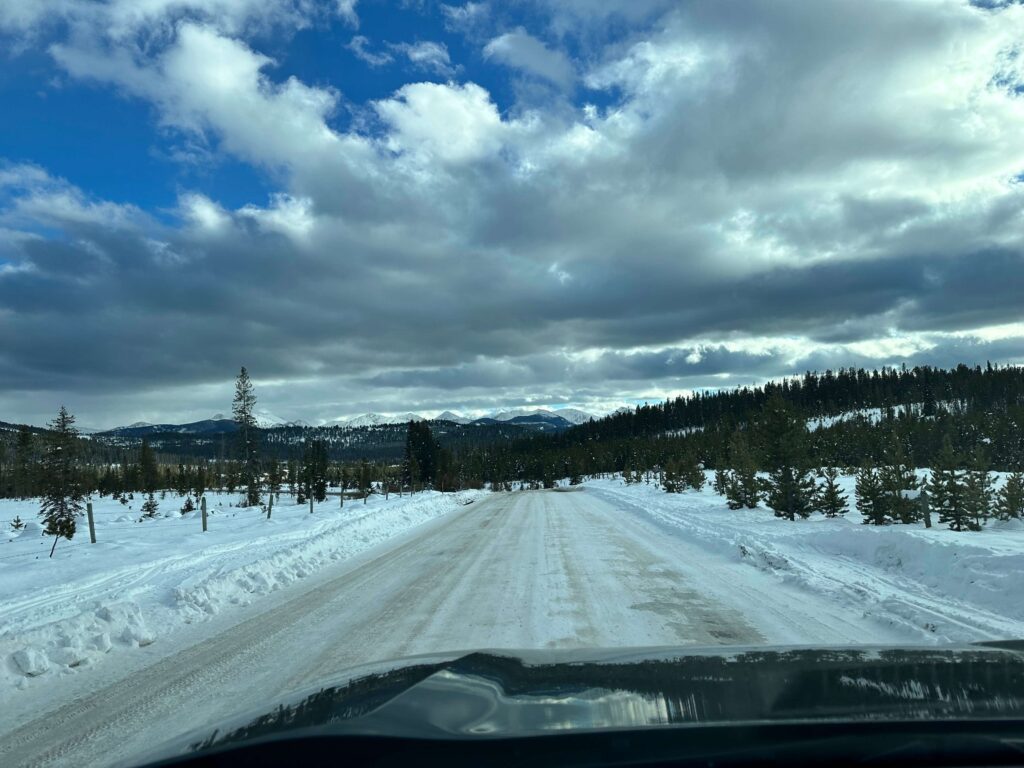
And considering that most of Montana is made up of remote areas and winding mountainous roads, you may not have cell service or contact with other drivers for long periods of time (you could end up waiting for several days). That’s why a winter survival kit is extremely important, especially when temperatures can drop below zero, making it extremely difficult to even start your car.
Having the proper gear in your car is a matter of life and death. This is the humbling reminder from Mother Nature each winter that keeps people in Montana on their toes.

Winter Car Kit Checklist
My brother has been living here in Montana for a lot longer than I have, so he was able to give me really good advice about how to prepare for winter. In fact, I asked everyone I met when I first moved here, “what advice do you have for me?” And every single person said: “Get snow tires. And get ready for winter.” So you better believe I took it seriously.
I asked lots of people what their essential items were for their cars. I quickly compiled all of these recommendations and stocked my car with these items.
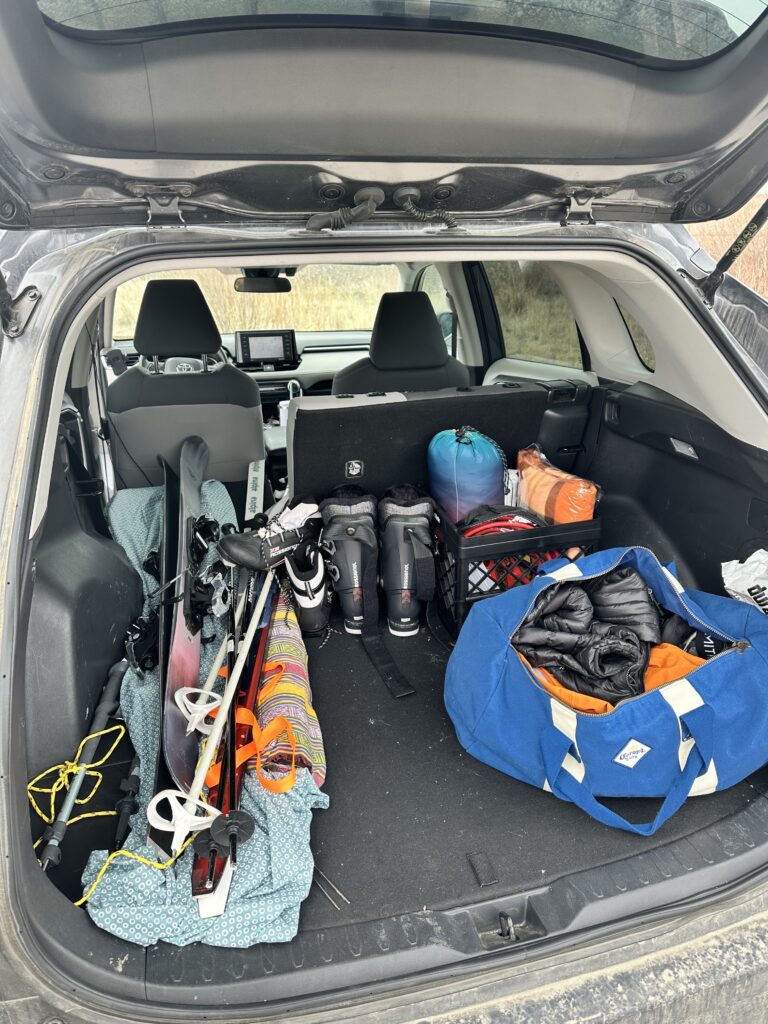
I’m assuming that you either have snow tires or tire chains already sorted and have general capable winter driving skills (ie chase your tail when you lose traction and don’t brake). As far as how to prepare for the worst case scenario, here is everything I keep in my winter emergency car kit:
- Ice scraper and brush.
- First aid kit with bandages, antiseptic cream, a pain reliever, hand warmers and a thermal blanket.
- Road flares.
- Jumper cables to jump start a cold battery.
- Sub-zero proof sleeping bag, blankets, and an extra set of warm clothes, like gloves, a warm jacket, a beanie, socks, and warm sweats.
- Solar powered car battery charger.
- A source of heat, like hand warmers or an electric blanket (I have this one).
- Jackery battery, I keep this plugged into the car while I’m driving so that it is always charged. In the event of a super emergency, it’s nice to know that I can plug my electric blanket into this to stay warm.
- Small shovel, recovery tracks, and kitty litter or sand (for traction on ice) to help you get your vehicle out of snow if stuck.
- Flashlight and extra batteries.
- Enough food for several days. Non perishable food only, like granola bars, and bottled water (larger bottles so that they don’t freeze as quickly).
- Spare cell phone charger.
I put all of this in one of these foldable milk crates. This makes my cargo area a lot more organized and then I can grab the crate and switch it out for my summer car kit easily.
Other Tips For Driving In Winter
My community is the best and every time I go anywhere during winter, a few of my neighbors check on me to make sure I arrived safely and have all of my must-have items prepped in my car. Aside from the survival items I listed above, here are some other tips I got from my community when I first moved here:
- Always leave home with a full tank of gas so that you have more than enough to get to your destination, even with unexpected happenings.
- Keep your cell phone secured on your body or in the center console while driving. If something happens and your car flips, your cell phone will be close enough to you that you can safely call for help without having to move from your seat. I’ve seen multiple flipped cars and have heard even more stories about them that make me realize that this is a serious consideration.
- Always keep your lights on if the conditions are not sunny and clear. This will make it easier for others to see you.
- Every time you cross a bridge, assume that you will lose control. The cold air underneath the bridge freezes any moisture on the road. The ice patches can cause you to lose traction quickly. So always enter a bridge as if you will lose traction by going slowly, staying off the brakes, and avoiding any sudden turns.
- Stay out of cruise control or lane assist. These features can sometimes be jerky, which is extremely dangerous on ice. Just avoid them altogether and drive defensively (with lots of space between vehicles).
Closing Thoughts
If you have snow tires and drive extra cautiously, then you should mostly be okay on the road. As long as your emergency kit can keep you alive in the event you’re stranded in harsh winter conditions, then you are prepared. Got anything to add to the list? Let me know in the comments!!

